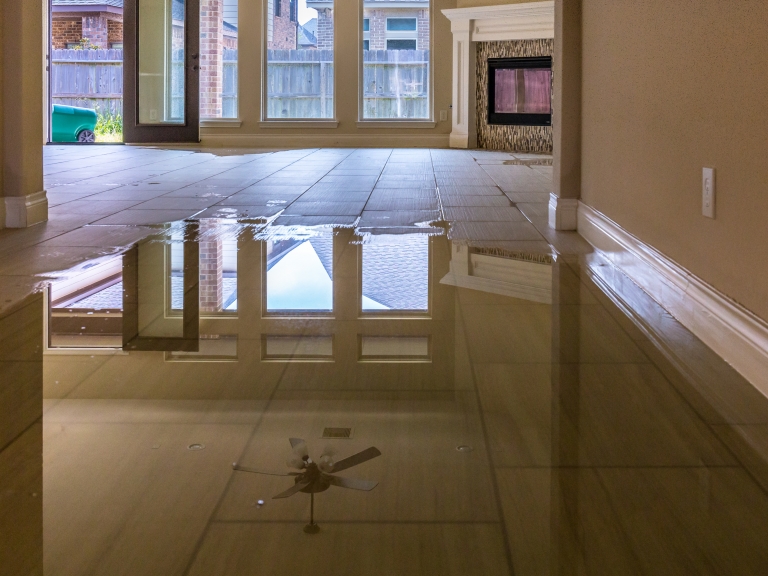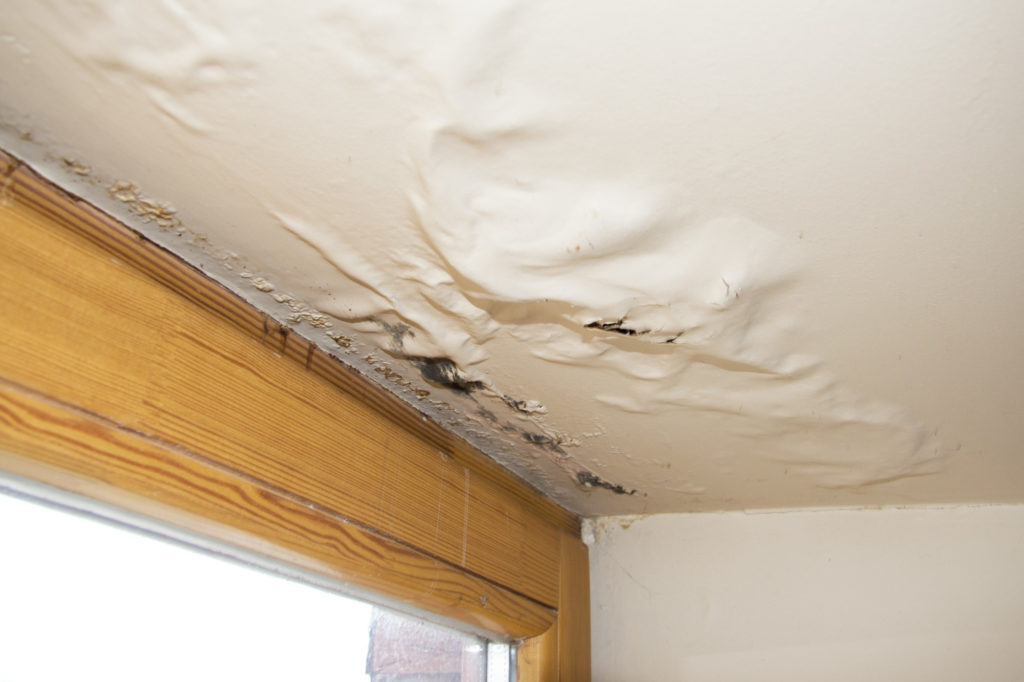Water Cleanup Frankfort KY 24/7 Fire & Water Damage Restoration Services

Understanding the nuances of water-related issues is crucial for householders and property managers. Two widespread phrases typically discussed are water removal and water extraction. While they may look like interchangeable, they maintain distinct meanings within the context of water damage restoration, each playing a vital role within the general restoration process.
Water removal usually refers to getting rid of standing water from an space affected by flooding, leaks, or any other water intrusion. It sometimes includes instant action to stop further damage to the property. Rapid water removal helps mitigate the danger of mold growth and reduces repair prices. This process primarily focuses on floor water, the place the water can accumulate in puddles or large areas.
In distinction, water extraction delves deeper into the removal process. This approach entails not solely addressing surface water but additionally extracting water from porous supplies similar to carpets, upholstery, and materials. Water extraction usually requires specialised equipment, corresponding to pumps or vacuums, designed to remove water embedded in these supplies. Extracting water effectively is crucial to guarantee that the realm dries correctly, preventing long-term damage.
Water Damage Company Richmond KY Emergency Property Water Damage Restoration

The urgency of water removal can't be overstated. When going through important water damage, every second counts. Standing water can result in critical structural issues, electrical hazards, and the speedy growth of mold and mildew. Therefore, removing water as rapidly as possible types the primary line of protection within the restoration process.
Water extraction, nonetheless, might not always be the primary focus when dealing with minor leaks or spills. Homeowners would possibly resort to towels and mops for a fast clean-up, but this method would not totally tackle the issue. Once the visible water is gone, moisture remains trapped within the fibers of carpets and other fabrics, resulting in potential health hazards if left unattended.
The tools and techniques employed in these two processes range extensively. Water removal may use transportable pumps or buckets to simply collect and discard the water. Conversely, water extraction requires more superior machinery, similar to water extraction models, which utilize powerful suction to draw out moisture from carpet padding and floorboards.
Water Clean Up Service Frankfort KY Water Damage Restoration Company
After eradicating and extracting the water, drying is the next crucial step. A thorough drying process not solely helps to restore the property but also ensures that additional issues do not come up. Dehumidifiers and followers are generally used on this phase to flow into air and get rid of any remaining moisture. This drying phase is important because even a small quantity of residual moisture can lead to mold development or structural degradation.
Professional water damage restoration services usually possess the experience and tools required for both water removal and extraction. Many property homeowners underestimate the significance of each step, typically resulting in inadequate restoration. Relying on experts who understand the intricacies of these processes can save time and money in the long term.
Understanding the differences between these two terms also entails consciousness of their implications on insurance coverage. Many insurance policies differentiate between water removal and extraction, doubtlessly affecting claim approvals. It’s crucial for property owners to comprehend their protection and make positive that all needed steps are taken to validate any insurance claims associated to water damage.
Disaster Restoration Company Nicholasville KY Commercial Water & Flood Damage Restoration
Furthermore, not each sort of water intrusion requires each processes. Sometimes, corresponding to during heavy rain, immediate removal may be adequate. In contrast, if a plumbing leak occurs, complete extraction could also be wanted to forestall the damage from spreading. The distinction permits homeowners to implement the best response for their specific scenario.
The location of the water incident can even dictate whether or not removal or extraction is the priority. For occasion, flooding in a basement may demand fast removal to safeguard foundational integrity. On the opposite hand, water seeped into walls or beneath flooring materials will necessitate extraction methods to stop ongoing damage.
Water Damage Restoration Company Lexington KY Water Damage Restoration
In wrapping up the discussion of the variations between water removal and water extraction, it is evident that each features are integral to effective water damage management. While removal is important for immediate response, extraction plays an equally necessary function in ensuring long-term restoration and preventing future issues. Understanding useful site these variations equips owners with the information needed for tackling water damage effectively, resulting in a safer and healthier residing setting.
It’s essential to remember that each water-related incident comes with its challenges. Being proactive and informed can make a big distinction in the therapeutic strategy of a property. Engaging with professionals who're well-versed in both concepts can ease the burden and lead to successful restoration outcomes.
By greedy the distinctions and realizing the suitable responses, people can take charge of their houses within the face of water damage. The right actions taken on the right time can result in a smoother transition again to normalcy, making the expertise less overwhelming.
Residential Water Damage Winchester KY Water Damage Restoration - Water, Fire, & Flood Restoration
Ultimately, the struggle towards water damage is a multifaceted endeavor. Recognizing when to take away and when to extract creates a roadmap to success, safeguarding properties from the relentless results of water intrusion. This knowledgeable strategy not solely preserves personal belongings but additionally ensures a sustainable environment for years to return.
- Water removal usually refers back to the preliminary part of addressing water damage, specializing in eliminating standing water from the affected space.
- Water extraction, on the opposite hand, involves a more thorough process, which includes utilizing highly effective gear to take away water that has permeated materials like carpets and drywall.
- The strategies used in water removal usually embody simple strategies like mopping and bucket utilization, while water extraction employs advanced tools similar to vacuum methods and pumps.
- Water removal may not handle the underlying moisture trapped in materials, whereas water extraction aims to extract moisture to stop mold development and structural damage.
- The timeframe for water removal is mostly shorter as it involves preliminary cleanup, while water extraction is a extra time-consuming process requiring detailed consideration to ensure complete moisture removal.
- Water removal could be performed by inexperienced individuals, but water extraction normally requires skilled professionals with specialized gear.
- Water extraction can even take into account additional elements corresponding to air circulation and humidity control, which are often not a half of fundamental water removal strategies.
- The effectiveness of water extraction typically leads to higher drying outcomes in comparability with commonplace water removal processes.
- Water removal may be seen as a temporary answer, whereas water extraction is usually thought to be a extra complete method to managing water damage.
- After water extraction, a post-extraction assessment is usually conducted to ensure that all moisture has been effectively addressed, while water removal typically lacks this follow-up evaluation.undefinedWhat is the primary distinction between water removal and water extraction?
Mold Clean Up Richmond KY Water Damage Restoration & Water Cleanup
Water removal typically refers again to the strategy of eliminating standing water from an area, like a flooded space, whereas water extraction includes utilizing specific equipment to tug moisture from saturate supplies, such as carpets or structural parts. Each serves a unique purpose in water damage restoration.
When should I think about water extraction as a substitute of simply water removal?
If a property has absorbed water into its building materials, such as walls or floors, water extraction is important. This prevents mold progress and further damage. On the other hand, if there's only standing water, water removal may suffice initially.
Storm Damage Repair Companies Winchester KY Water Damage Restoration Company
Are the techniques and gear completely different for water removal and water extraction?
Yes, water removal often uses pumps or vacuums to shortly remove large quantities of water, while water extraction employs specialized instruments like wet/dry vacuums and moisture meters to attract moisture from inside materials, ensuring thorough drying.
Can I do water removal myself, or should it all the time be dealt with by professionals?
Water Damage Cleanup Near Me Lexington KY Water Mitigation Services
While minor water removal could be accomplished safely by householders, important flooding or contamination should be handled by professionals. They have the required tools and expertise to stop well being dangers and ensure complete security.

What health dangers are associated with improper water removal and extraction?
Water Removal.
Improper water removal and extraction can lead to mold progress, which poses severe health risks, together with respiratory points. Contaminated water can harbor micro organism and pathogens, which can cause sickness if not handled correctly.
How lengthy does helpful hints water extraction usually take to complete?
Flood Restoration Lexington KY Water Damage - Fire & Mold Restoration
The period of water extraction can range greatly relying on the severity of the water damage and the dimensions of the affected area. Typically, it takes a few hours to a couple of days, however thorough drying and restoration could prolong the general process.
Is water removal or water extraction more costly?
The price can differ primarily based on the severity and specifics of the water damage. Emergency Water Removal. Generally, water extraction may be dearer because of the specialized equipment and labor required, especially if extensive drying efforts are needed thereafter.
Can I use a daily vacuum for water extraction?
Storm Damage Restoration Winchester KY Water Damage Restoration & Repair

No, regular vacuums usually are not designed for water extraction and could be harmful if used for this objective. Specialized wet/dry vacuums are necessary to deal with excess water safely and successfully, preventing damage to the tools and damage to customers.
What is the importance of well timed action in water removal and extraction?
Timely action is crucial in each instances to minimize damage, scale back restoration prices, and stop well being hazards like mold progress. The sooner water is eliminated or extracted, the less damage will happen, leading to more practical restoration efforts.